Optimal Timing for Roofing Services
Determining the optimal time for roofing service depends on various factors including weather conditions, temperature, and roof material. Typically, the most suitable periods are during mild weather when temperatures are between 45 and 85 degrees Fahrenheit. This ensures proper installation and adhesion, reducing the risk of delays or issues caused by extreme cold or heat.
Spring offers moderate temperatures and longer daylight hours, making it ideal for roofing projects. It also allows for repairs before the summer heat and winter cold.
Summer provides warm weather and dry conditions, suitable for roofing. However, high temperatures can sometimes hinder certain materials' installation.
Fall is a popular time for roofing due to cooler temperatures and less precipitation. It provides ample time to complete projects before winter.
Winter is generally less ideal because cold weather can affect material performance and safety. However, in milder climates, some roofing work can still be performed.

Spring weather is favorable for roofing projects, with moderate temperatures and increased daylight.

Summer provides warm, dry conditions suitable for roofing work, though high heat can pose challenges.
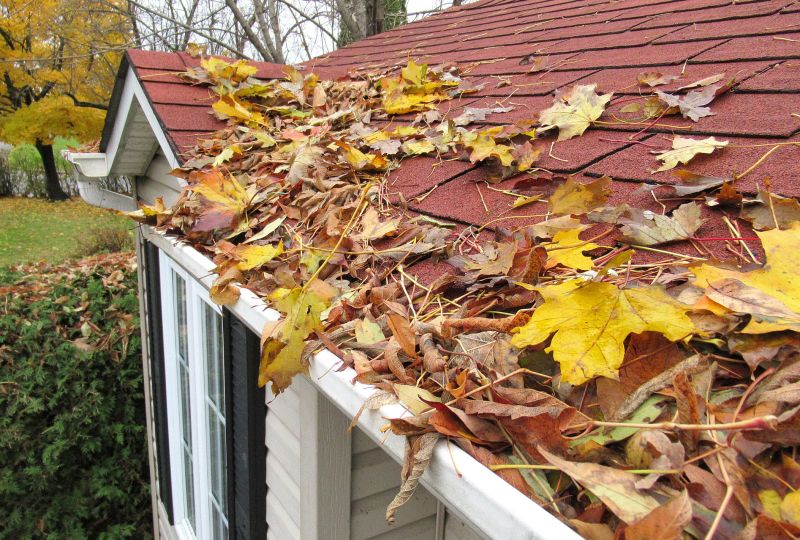
Fall offers cool temperatures and less precipitation, making it an ideal season for roofing projects.
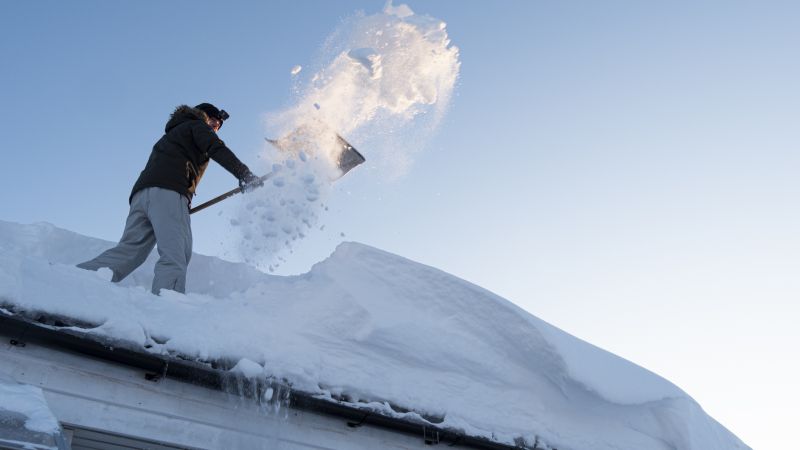
Winter work is possible in milder climates, but cold temperatures can impact material application and safety.

Asphalt shingles, metal roofing, and synthetic materials each have optimal installation conditions depending on the season.

Proper planning and scheduling can ensure roofing work proceeds smoothly during the preferred seasons.

Monitoring weather forecasts is essential to avoid delays caused by rain, snow, or extreme temperatures.

Booking in advance during peak seasons can help secure timely service and favorable weather windows.

Climates with milder winters and moderate summers offer more flexibility for roofing projects year-round.
| Season | Ideal Conditions |
|---|---|
| Spring | Moderate temperatures, longer daylight, less precipitation |
| Summer | Warm, dry weather, but high temperatures can affect materials |
| Fall | Cool temperatures, less rain, ideal for scheduling |
| Winter | Cold temperatures, limited in colder climates, but workable in milder areas |
Roofing services encompass a range of activities including inspections, repairs, replacements, and new installations. Proper timing ensures that materials adhere correctly, and work is completed efficiently. Seasonal considerations are crucial for maintaining the integrity of roofing systems, preventing leaks, and extending the lifespan of the roof. Advanced planning and awareness of weather patterns can lead to optimal outcomes and cost-effective results.
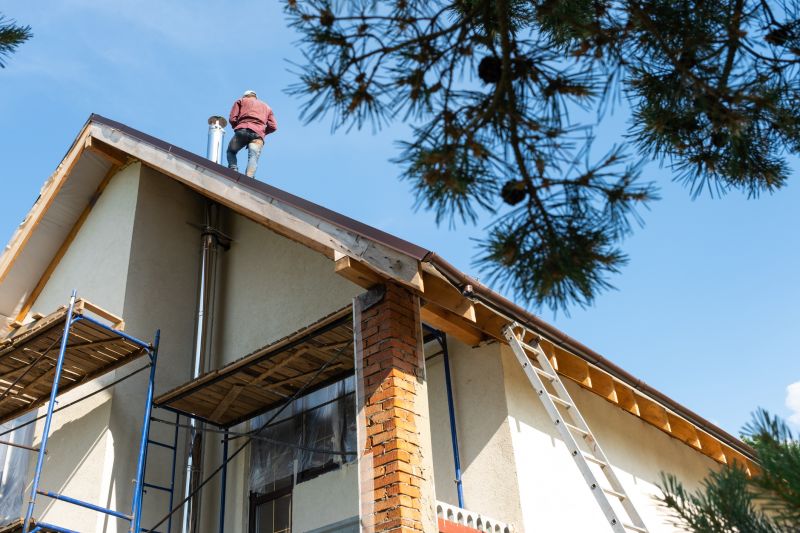
A roofing project underway during favorable weather conditions.
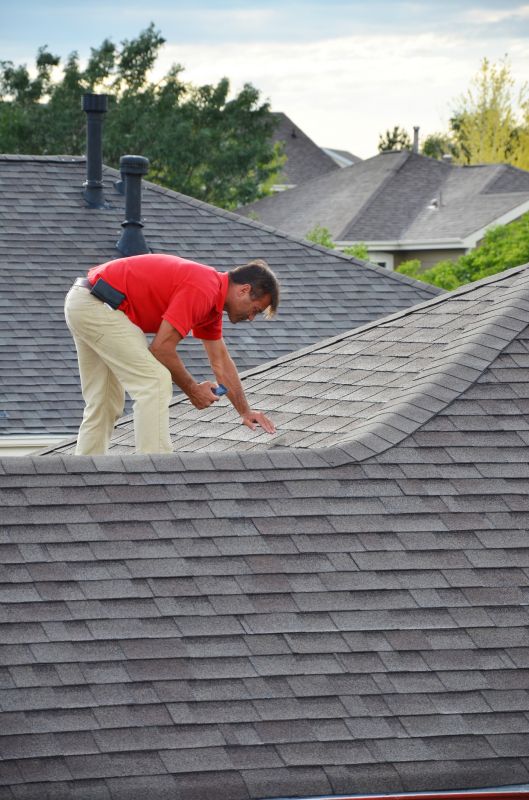
Routine inspections help identify issues early, ideally scheduled during mild seasons.

Complete roof replacement in spring or fall ensures optimal material performance.
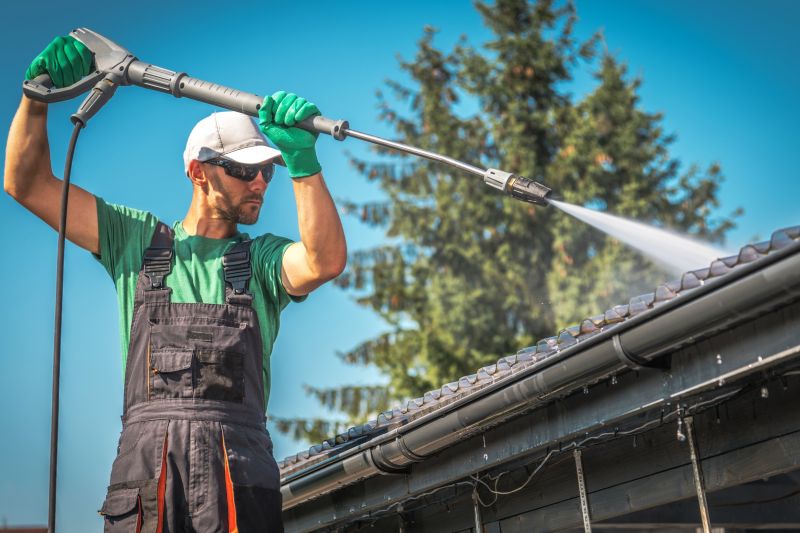
Preventive maintenance can be scheduled during off-peak seasons for convenience.

Ways to make Roofing Service work in tight or awkward layouts.

Popular materials for Roofing Service and why they hold up over time.

Simple add-ons that improve Roofing Service without blowing the budget.
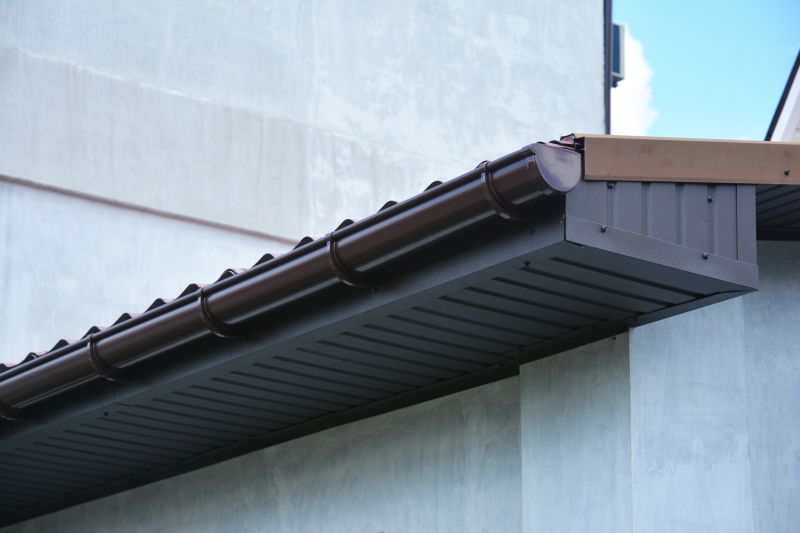
High-end options that actually feel worth it for Roofing Service.
Interested in scheduling roofing services at the most suitable time? Filling out the contact form can provide guidance tailored to specific needs and local weather conditions. Proper timing can help ensure a durable and effective roofing system for years to come.


